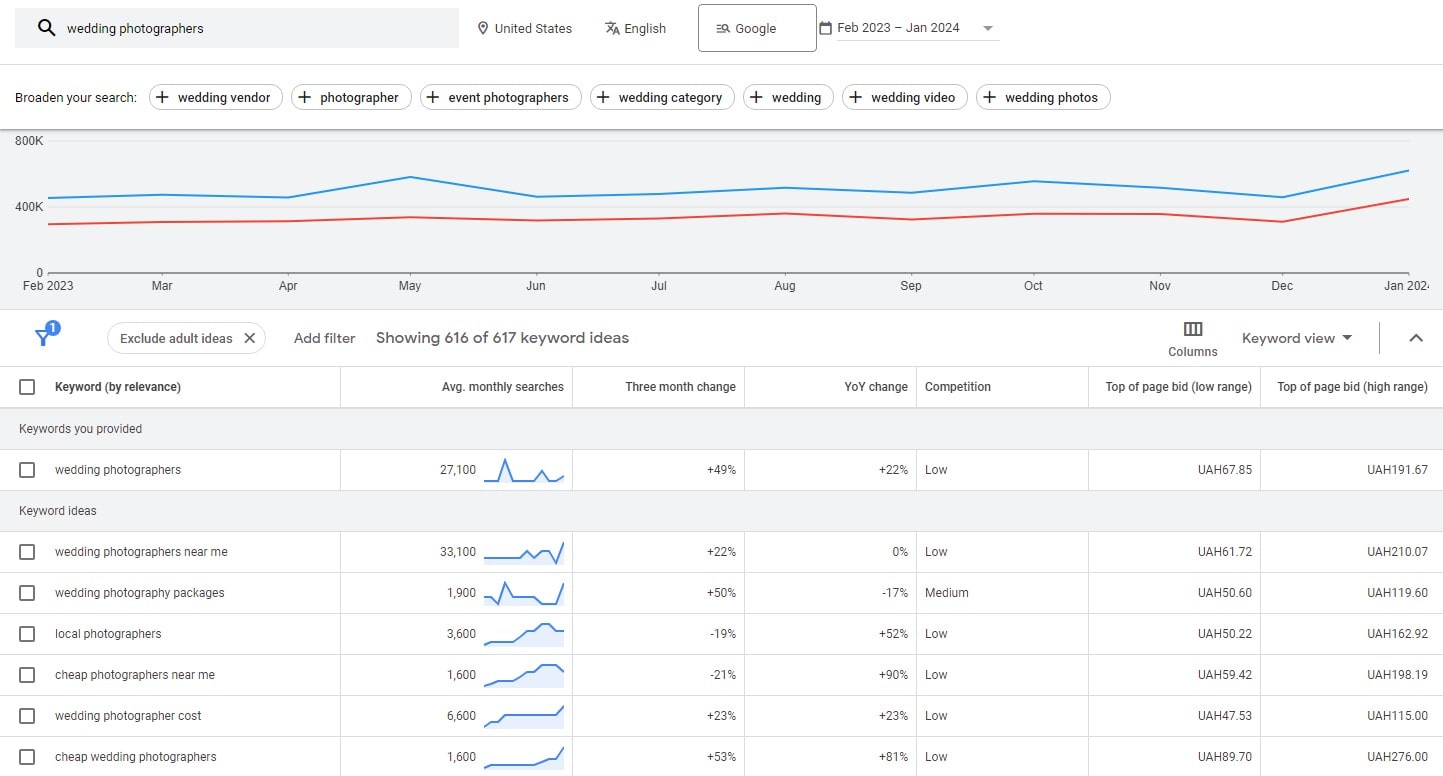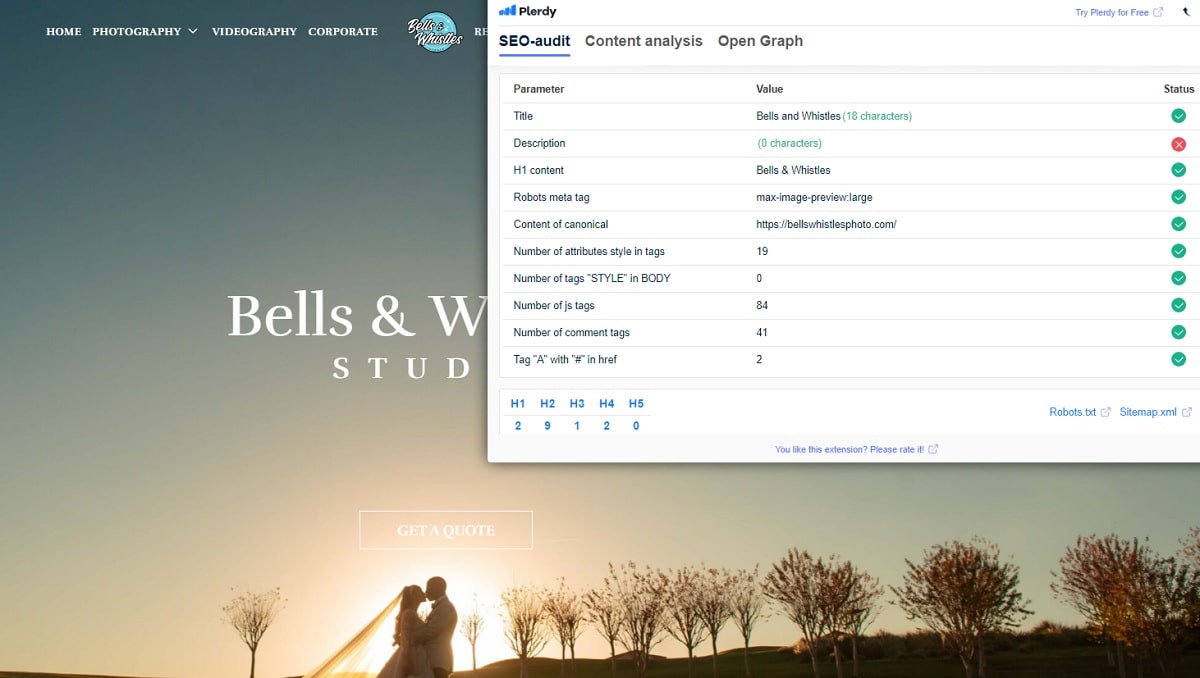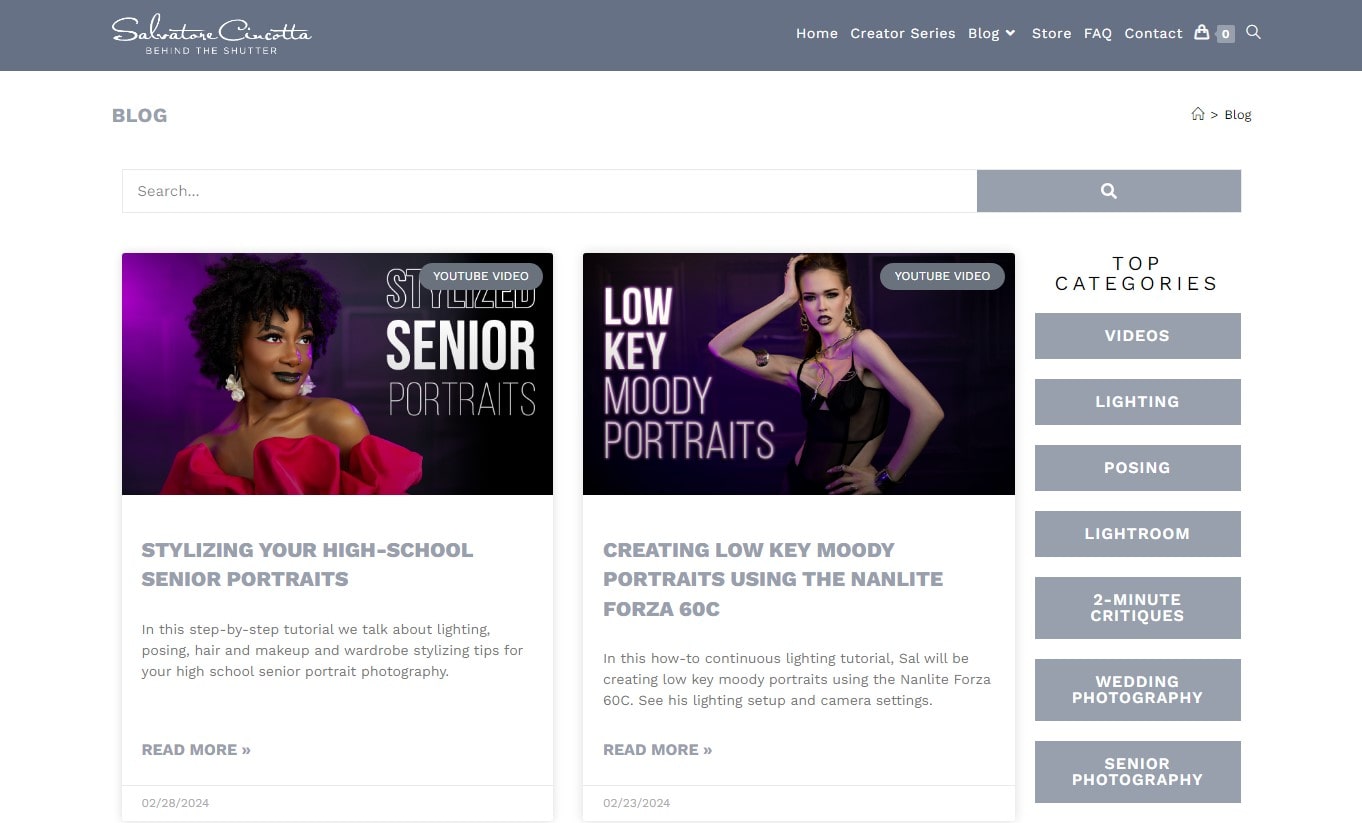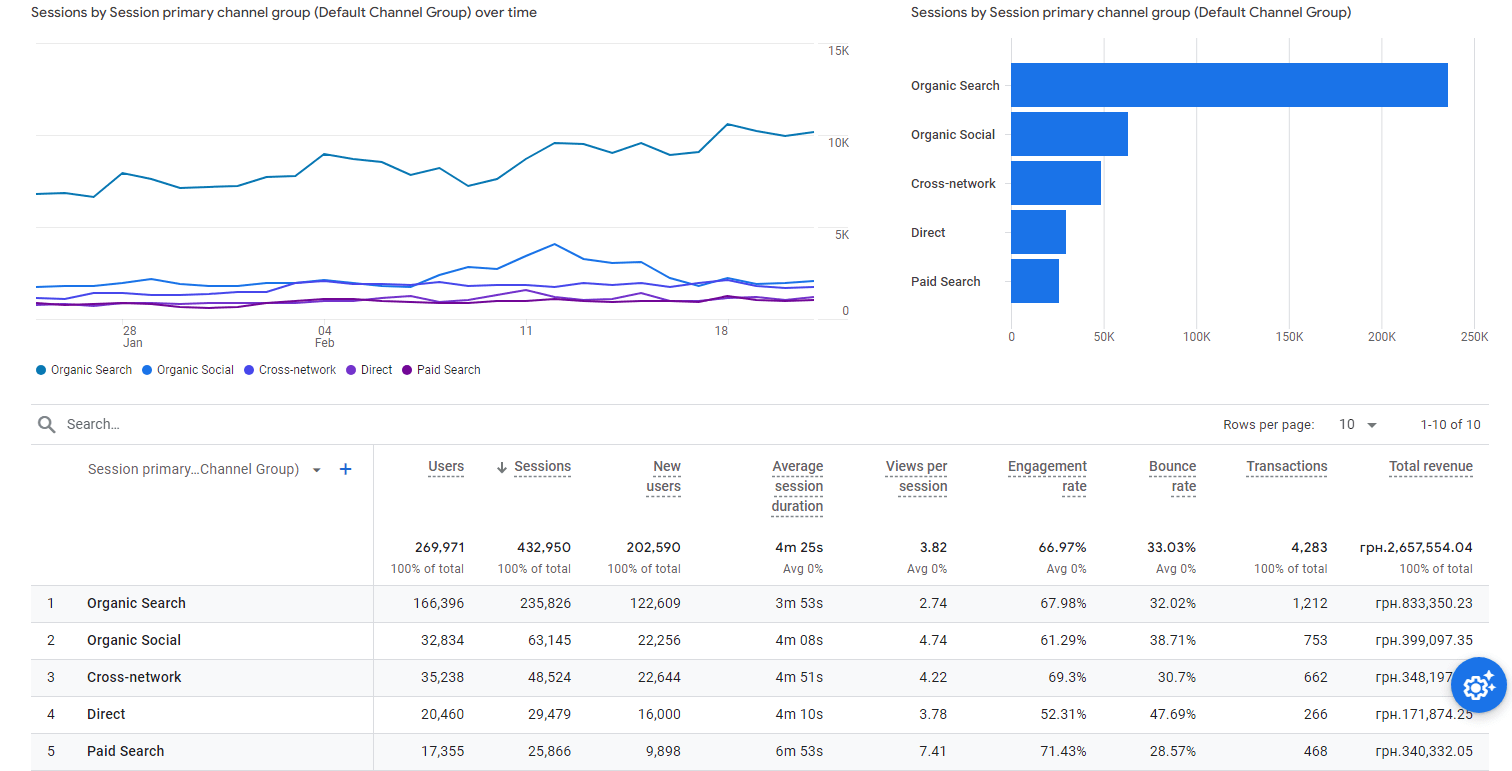Imagine you’re a photographer in the digital era: your camera is top-notch, but your website? Not so much. It’s like having a state-of-the-art studio hidden in a maze – hard for clients to find. That’s where SEO comes into play. It’s the compass that guides potential clients straight to your online portfolio. At Plerdy, we understand the importance of visibility in the vast digital landscape. This article is crafted to help photographers like you harness the power of SEO. It’s about transforming your hidden gem of a website into a beacon, shining bright atop search engine results. Let’s dive into the world of SEO and turn your website into the go-to destination for photography enthusiasts.

Understanding SEO Basics for Photographers
Digital photography is more than just taking the perfect shot. SEO is your hidden weapon for getting your work recognized. Let’s demystify SEO and turn it into a tool every photographer can skillfully wield.
What is SEO and Why It Matters
SEO optimizes your website so search engines rank it high for specific keywords. For photographers, it’s the digital technique of ensuring your portfolio is easily discoverable by potential clients. Think of SEO as a compass that guides users straight to your website amidst the vast internet ocean. According to Moz, a leader in SEO software, effective SEO strategies can boost your website’s visibility, driving more organic traffic without needing paid advertising. This increased visibility means more eyes on your work, translating to potential client engagements and collaborations.
Key SEO Components for Photographers
SEO comprises several components that are crucial for photographers to understand. Keywords are the cornerstone; they’re the terms your potential clients use in search engines. Integrating these keywords into your website content, especially in titles, descriptions, and image tags, can significantly enhance your online presence. Meta tags, however, provide search engines with information about your webpage. This includes title tags and meta descriptions – summaries of your content appearing in search results. A Backlinko study underscores the importance of these tags in improving click-through rates. User experience is another pivotal element. Google’s algorithms favor user-friendly websites, meaning fast loading speeds, mobile optimization, and easy navigation. A seamless user experience keeps visitors on your site longer, reducing bounce rates and signaling to search engines that your site is valuable.
SEO Myths Debunked
When diving into SEO, it’s essential to separate fact from fiction. A common myth is that SEO results are immediate. In reality, as Search Engine Journal notes, SEO is a long-term strategy; significant improvements in rankings can take months. Another myth is that ‘more content equals better SEO.’ Quality trumps quantity. Google prioritizes relevant, informative, and engaging content over mere volume.
Additionally, while incorporating keywords is critical, keyword stuffing – overloading content with too many keywords – can harm your SEO efforts. This outdated tactic can make content unreadable and is frowned upon by search engines. It’s about striking the right balance.
SEO is an invaluable tool for photographers in the digital age. By understanding its basics and integrating them into your online strategy, you can elevate your digital presence, ensuring your art doesn’t just exist but thrives online. Remember, good SEO is a blend of art and science – much like photography.
Keyword Research for Photographers

Imagine your photography website as a gallery in a bustling digital city. To attract visitors, you need more than just stunning visuals; you need the right signs – keywords. Keywords are not just words but bridges connecting your art to the audience. Let’s explore how keyword research can turn your website into a sought-after destination.
Identifying Your Niche Keywords
Finding the right keywords starts with understanding your niche. Are you a wedding photographer, or do you specialize in nature photography? Use tools like Google’s Keyword Planner or SEMrush to identify terms your potential clients are searching for. For instance, “wedding photographers in [city name]” or “landscape photography tips” could be your goldmine keywords. The goal is to think like your client; what would they type into Google to find your services? Incorporating local terms can also be highly beneficial if you serve a specific area. According to a HubSpot study, 46% of Google searches have a local intent. Hence, including location-specific keywords can significantly increase your chances of being found by local clientele.
Tools for Keyword Research
With a basic understanding of your niche, delve deeper using keyword research tools. Google Keyword Planner offers insights into search volumes and competition levels, helping you gauge the popularity and accessibility of your chosen keywords. Another resource is Ubersuggest, which provides keyword suggestions, search volume data, and content ideas. Remember, the ideal keywords balance high search volume and low competition, making them accessible yet impactful. Tools like Ahrefs can also reveal what keywords your competitors are ranking for, offering a strategic edge. Utilizing these tools effectively can turn keyword research from a guessing game into a data-driven strategy, as highlighted by Neil Patel, a renowned digital marketing expert.
Implementing Keywords on Your Site for Photographers
After identifying keywords:
- Integrate them on your website’s homepage, about page, and service pages.
- Ensure your primary keywords appear in the title tags, meta descriptions, and headers.
- Regarding blog posts, use keywords naturally within the content, especially in the opening paragraphs and headings.
- Don’t forget the power of alt text in images; it’s good for SEO and accessibility.
The trick is integrating keywords seamlessly to enhance rather than disrupt the user experience. As Search Engine Land points out, effective keyword implementation can lead to higher rankings and, as a result, increased website traffic. However, avoid overusing keywords to the point of keyword stuffing. It’s a delicate balance, but when done right, keywords can be the silent ambassadors of your website, inviting the right audience to explore your digital portfolio.
In the vast expanse of the internet, proper keyword research and implementation are like setting up signposts guiding potential clients to your website. It’s about being visible in the right place at the right time. As you refine your keyword strategy, remember it’s an ongoing process, a dance with the ever-changing rhythms of search engine algorithms and user behaviors.
Enhancing Your Photography Website for SEO

In today’s online-centric world, your website acts as the digital storefront for your photography business. It’s the primary space where potential clients get their first impression and where professional relationships are initiated. For photographers, a website is more than just a gallery of images; it’s an optimized, accessible, and compelling digital hub. Let’s explore the key steps in optimizing your photography website for SEO.
Mobile Responsiveness for Photography Sites
Photographers require a mobile-responsive website since almost half of internet browsing is on mobile devices. This not only betters the user experience but also enhances your site’s SEO ranking, as search engines like Google favor mobile-friendly websites. Incorporate user-friendly elements like large, touch-compatible buttons and easily readable text sizes. Utilize tools like Google’s Mobile-Friendly Test to evaluate your site’s responsiveness. Smashing Magazine, a renowned web development resource, emphasizes that mobile optimization significantly reduces bounce rates and heightens conversion rates, making it a vital aspect of website optimization.
Optimizing Site Loading Speed for Photographers
Your website’s loading speed is pivotal for user satisfaction and SEO performance. Slow websites have greater bounce rates because people lose interest rapidly. This is a challenge for photographers due to the typically large sizes of high-quality images. To optimize image loading, compress them and consider using formats like JPEG or WebP for quality visuals with reduced file sizes. Tools such as Adobe Photoshop or online services like TinyPNG can facilitate this. Moreover, browser caching and limiting heavy scripts and plugins can further speed up your site. Digital marketing expert Neil Patel underscores that enhancing site speed is crucial for improving user engagement and SEO rankings.
User-Friendly Website Design for Photographers
A website that is easy to navigate and enjoyable to use is crucial. Organize your photography portfolio into clear categories and maintain a simple, intuitive navigation menu. While your photographs should be the focal point, do not neglect text readability, using clear fonts and ensuring text-background contrast. Each page should have a clear call to action, directing visitors to book your services, purchase prints, or contact you. UX Planet, an authority on user experience, highlights that a user-friendly design attracts visitors and converts them into clients by providing a smooth transition from the homepage to the contact page.
Optimizing a photography website is about more than displaying your work; it’s about creating a site that is efficient, accessible, and appealing to visitors. Photographers can significantly boost their online traffic, enhance client engagement, and foster business growth by emphasizing mobile responsiveness, improving site speed, and crafting a user-friendly design.
Content Strategy for SEO for Photographers

Content is the soul of your photography website, breathing life into your online presence. In the world of SEO, it’s not just about capturing stunning images but also about weaving narratives around them. A strategic approach to content can elevate your visibility in the crowded digital landscape, turning your website into a magnet for potential clients.
Blogging for SEO
Blogging is a powerful tool for photographers to boost SEO. It lets you infuse many relevant keywords naturally, enhancing your search engine visibility. Start by finding topics that resonate with your audience, such as behind-the-scenes photos of your latest photoshoot or tips for aspiring photographers. Each blog article should address keywords such as “outdoor wedding photography tips” or “urban landscape photography.” Consistency is key. Blogs also present an opportunity to engage with your audience through comments, boosting your website’s interactivity and SEO.
Leveraging Multimedia
Incorporate various multimedia elements into your content strategy. Beyond showcasing your photography, include videos, podcasts, or infographics. A picture editing video instruction can boost user engagement and site time, which is good for SEO. According to a report by HubSpot, incorporating video can improve organic traffic from search engine results pages (SERPs). Remember to optimize these multimedia elements. Use descriptive, keyword-rich file names for images and videos, and include alt text for images, making your site more accessible and SEO-friendly. These practices enhance user experience and provide additional content for search engines to index.
Creating Engaging Descriptions
Your photographs tell a story, and so should your image descriptions. Crafting engaging, keyword-rich descriptions for your photos can significantly impact your SEO. Each description should be concise yet informative, integrating keywords naturally. For instance, instead of naming a file “IMG_001.jpg,” use “sunset-beach-portrait.jpg.” This helps search engines understand your material and boosts your niche image search rankings. Moreover, compelling descriptions can entice viewers to explore more of your work, reducing bounce rates and improving engagement metrics, which are crucial for SEO, as highlighted by Moz. Remember, the goal is to blend creativity with SEO best practices, making your website a visual feast and an SEO powerhouse.
In the digital era, a well-crafted content strategy is vital for photographers aiming to stand out online. By embracing blogging, multimedia, and engaging descriptions, you can weave a narrative that showcases your talent and optimizes your website for search engines. Let your content be the beacon that guides visitors to your virtual doorstep.
Expanding SEO and Online Visibility for Photographers

In the expansive digital landscape, mere visibility isn’t enough; photographers must stand out distinctly. Showcasing your photography skills online requires more than just exposure; it demands widespread recognition. For photographers, enhancing SEO and establishing a formidable online presence are key to drawing more potential clients to their digital portfolios.
Guest Blogging and Collaborative Ventures
For photographers, guest blogging and collaborations are prime tactics to secure quality backlinks and widen your audience reach. Begin by pinpointing blogs, magazines, or websites that resonate with your photographic specialty. Approach them with a compelling proposal, aiming to provide unique content that their readers would appreciate. For example, as a landscape photographer, consider writing for a travel or nature-focused blog. Your contributions should link back to your website. Collaboration with other photographers or influencers can also be advantageous. Through mutual promotion or joint projects, photographers can engage in reciprocal linking, bolsters your website’s SEO. As Moz, a foremost authority on SEO, suggests, high-quality backlinks from esteemed sites can significantly escalate your website’s authority and search rankings.
Social Media Dynamics for Photographers
In this digital era, social media is a pivotal asset for photographers. Platforms like Instagram, Pinterest, and Facebook serve as more than mere display spaces; they are potent tools for boosting your website’s SEO. Implement a regular posting schedule showcasing your finest work, paired with captivating narratives or photography advice. Maintain a loyal following by responding to comments and messages and including your website link in your profile and posts. According to Social Media Examiner, a leader in social media marketing, a dynamic and engaging social media presence can direct considerable traffic to your website, thus reinforcing your online presence and SEO.
Securing Features on Photography Blogs
Having your photography featured on renowned blogs can dramatically transform your SEO and online stature. Research photography blogs that spotlight photographers and approach them with a curated selection of your top works. Tailor your approach, highlighting why your photography is a perfect match for their readership. Ensure that your submissions are high-quality and reflective of your unique style. When featured, these blogs typically link back to your site, enhancing traffic and your search engine ranking. Moreover, such features elevate your status as an expert in photography. As per Search Engine Watch, being showcased on prominent blogs substantially boosts your professional reputation and SEO, setting you apart in the competitive photography market.
Building a robust online presence and a network of impactful backlinks is like casting a broader net in the digital ocean. It’s about extending your reach, forging deeper connections, and gaining louder recognition. By engaging in guest blogging, utilizing social media, and securing blog features, photographers do more than display their work; they establish a lasting digital legacy.
Tracking and Improving Your SEO Efforts

The cliché ‘what gets measured gets managed’ applies to SEO, where tracking and optimizing SEO activities is like fine-tuning a camera to achieve the perfect shot. Let’s delve into the art of monitoring and improving your SEO, ensuring your website attracts viewers and captivates them.
Utilizing SEO Analytics Tools for Photographers
The cornerstone of tracking your SEO efforts lies in utilizing robust analytics tools. Google Analytics is a paramount tool, offering insights into website traffic, user behavior, and traffic sources. This data helps understand which keywords drive traffic and which pages hold the viewers’ interest. Integrating Google Search Console into your analysis provides a deeper understanding of your site’s appearance in search results and identifies any crawl errors or security issues. Tools like SEMrush or Moz offer a more comprehensive SEO analysis, including tracking your site’s ranking for specific keywords over time. According to Search Engine Watch, reviewing these metrics helps you see patterns, capitalize on successes, and rectify weaknesses.
Regular SEO Audits for Photographers
Your website needs regular SEO audits to stay healthy. An SEO audit evaluates your website’s current standing in various aspects like site speed, mobile-friendliness, link quality, and content relevance. Tools such as Ahrefs or Screaming Frog can help conduct these audits, providing insights into broken links, poor metadata, or page loading issues. Addressing these issues improves user experience and boosts your site’s rankings. As highlighted by Neil Patel, one of the leading experts in digital marketing, regular audits help adapt to the ever-evolving algorithms of search engines, keeping your website competitive and visible.
Effective SEO isn’t a one-time setup but an ongoing measurement and improvement process. Analytics tools and regular audits help keep your website ahead in the competitive digital scene, like tweaking your lens for the perfect shot. Remember, in the realm of SEO, every tweak, every adjustment, and every analysis brings you closer to showcasing your work to a broader, appreciative audience.
Conclusion
SEO for photographers is more than a technical necessity; it’s a creative journey blending art with digital savvy. As you apply these strategies, remember that each step enhances your online canvas, bringing your unique vision into sharper focus. Curious about more ways to elevate your digital presence? Explore Plerdy’s blog for insights that fuse creativity with cutting-edge SEO tactics. Whether you’re fine-tuning your website or capturing life’s moments through your lens, remember that Plerdy is here to guide you on this digital adventure. Embrace the journey, and let Plerdy be your compass in the ever-evolving landscape of SEO.
